An average individual receives more than 100 emails daily, so sending a generic email is like tossing a message into the void. That’s where email segmentation steps in as your secret weapon.
Email segmentation means dividing your email list into smaller, more specific groups based on demographics, behaviour, and interests. The goal of segmentation is to send tailored messages that speak directly to each group’s needs and preferences.
But why is segmentation so powerful in boosting click-through rates (CTR)? When your subscribers feel like you’re talking to them personally rather than delivering a one-size-fits-all message, they’re much more likely to click and engage.
By sending relevant content, you’re giving them a reason to open the email, explore the content, and ultimately take action.
Today, I will show you the best email segmentation strategies to enhance your CTR and help you create more effective campaigns that align with your audience and drive results.
Table of Contents
Why Segmentation Matters for CTRs
Segmenting your email list is like putting the right message in the right hands at the perfect moment. Instead of blasting generic content to everyone, segmentation helps you deliver targeted, relevant emails that speak directly to each group’s interests.
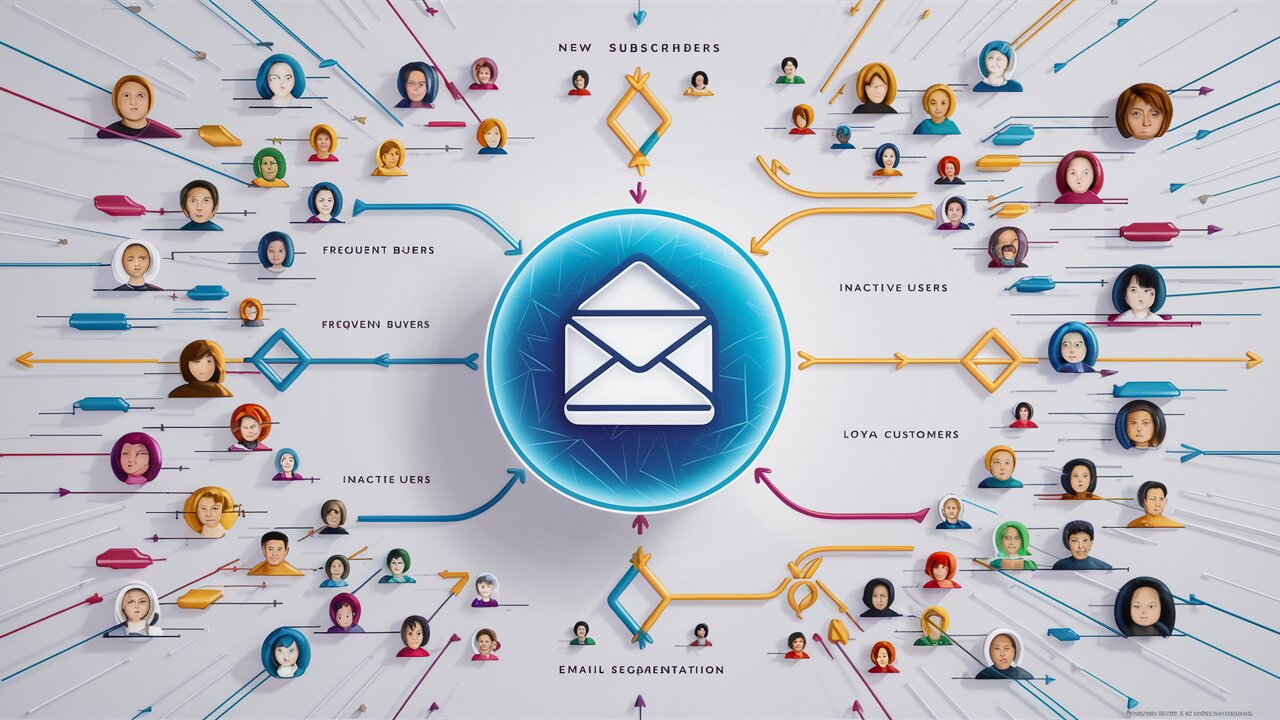
Segmentation takes your email marketing from a mass-blast guessing game to a strategic, targeted approach that drives results. It’s all about delivering the right message to the right people at the right time and when you do that, your click-through rates are bound to soar.
Here’s why segmentation matters for CTRs:
- Personalization is Key
Email segmentation allows you to create highly personalized content. Instead of sending the same message to your entire list, you can customize emails based on past purchases, interests, or location.
When subscribers feel like your email speaks directly to their needs, they’re more likely to click through.
- Relevance Drives Engagement
People want information that is useful to them, and segmentation ensures you’re delivering exactly that.
When you send emails with offers or content that truly aligns with subscribers’s interests or actions, they’ll feel understood and valued, which significantly increases the chances of them clicking through.
- Avoiding Spam and Increasing Deliverability
No one likes getting irrelevant emails, bombarding your subscribers with content that doesn’t align with them can lead to higher unsubscribe rates, lower engagement, and even spam complaints.
By segmenting your audience, you’re reducing the risk of your emails being flagged as spam, which ultimately improves your deliverability rate.
- Boosting Long-Term Relationships
Segmentation is a powerful tool for nurturing long-term relationships with your subscribers. When people receive emails that consistently feel personalized and relevant, they are more likely to stay engaged with your brand over time.
This sustained engagement keeps your open rates high and leads to more clicks over the long haul, rather than just in one-off campaigns.
Email Segmentation Strategies
Email segmentation strategies allow you to target specific groups within your email list to ensure your messages are more relevant and engaging. With segmentation, you can improve open, click-through rates, and conversions. Segmentation strategies can be divided into two categories: basic and advanced. Basic strategies are great for getting started, while advanced techniques allow for more precise targeting. Both are essential for optimizing your email campaigns.
Basic Segmentation Strategies to Boost CTR
Boosting click-through rates (CTR) starts with understanding your audience and delivering emails that resonate with their interests. Email segmentation helps you organise your subscribers into smaller, targeted groups.
Below are basic segmentation strategies to help you get started
1. Demographic Segmentation
One of the simplest yet most effective ways to segment your list is by demographic information such as age, gender, location, or occupation. By sending your message to specific groups, you’re making your emails more relevant.
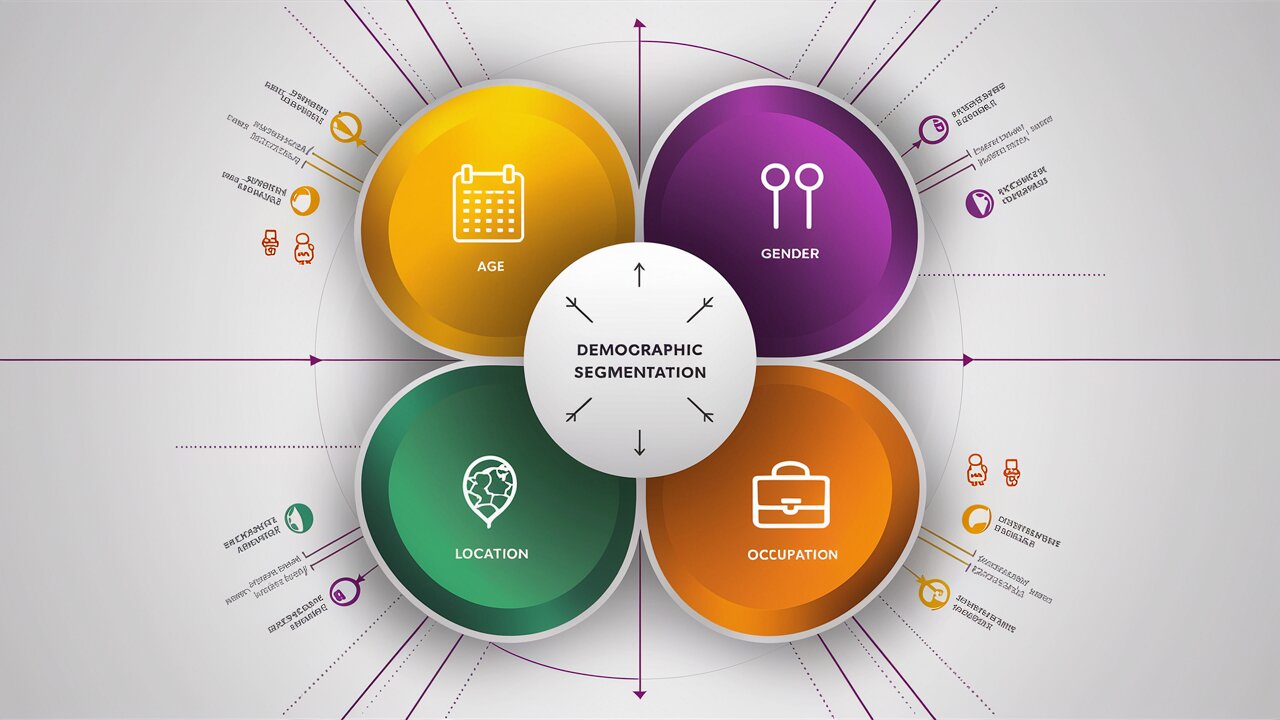
For instance, if you run a fashion store, you can send one email promoting winter coats to your male subscribers in colder regions. While sending emails with a different product line to the female subscribers in warmer locations.
- Behavioral Segmentation
The behavioural segmentation strategy lets you divide your audience based on how they interact with your brand, both online and through emails. This could include website visits, past purchases, or how they’ve responded to your previous emails.
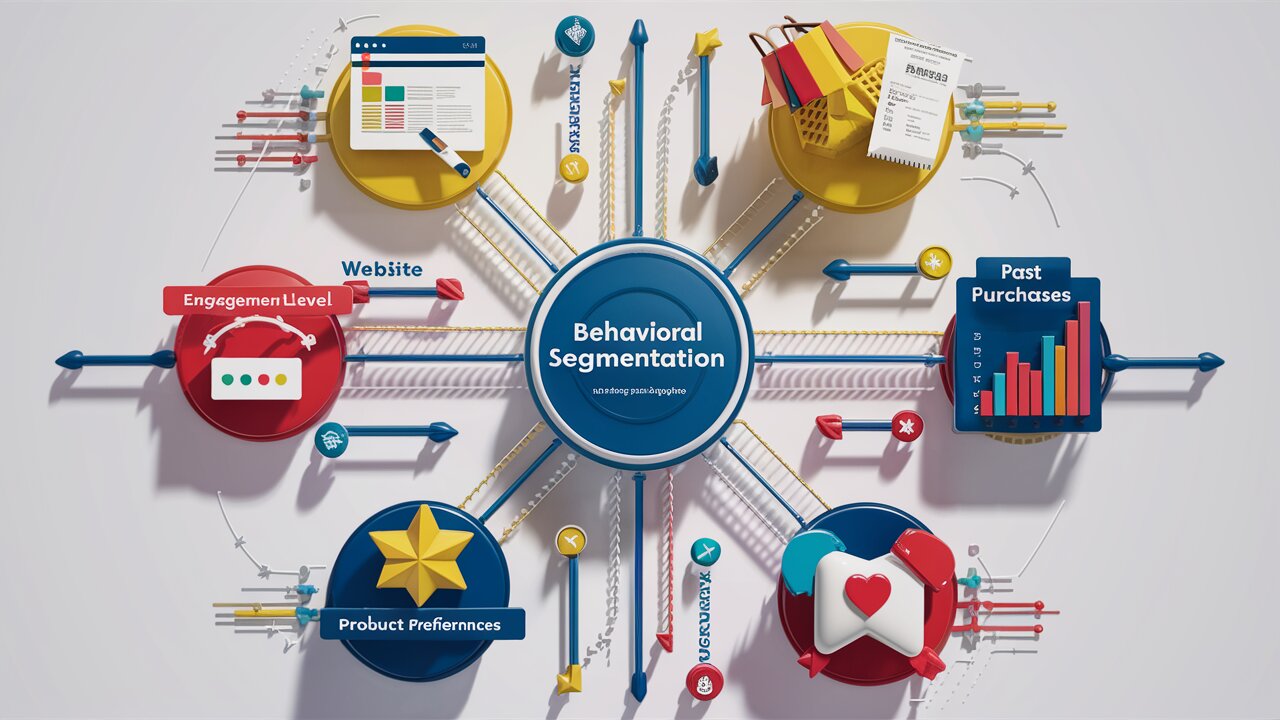
Sending personalized follow-ups based on behaviour increases the relevance of your email and makes your message feel timely.
For example, if a customer added an item to their cart but didn’t complete the purchase, you can send a follow-up email with a gentle reminder or even offer a discount to encourage them to finalize the purchase.
- Engagement-Based Segmentation
Segment your audience based on their level of engagement with your emails. You can create separate segments for highly engaged subscribers, moderately active ones, and inactive subscribers.
This allows you to fine-tune your messaging and frequency for each group. Active subscribers might appreciate regular updates, while you can send a re-engagement campaign offering a “welcome back” incentive to inactive subscribers to get them clicking again and reignite their interest in your content.
- Purchase History Segmentation
For eCommerce businesses, segmenting subscribers based on what they’ve bought in the past is pure gold. You can send personalized product recommendations or offer complementary products to your past buyers.
The purchase history segmentation strategy increases the chances of repeat purchases and higher engagement. If a customer purchases a laptop from your online store, you can send them an email recommending an external hard drive for an additional sale.
- Lifecycle Stage Segmentation
This strategy allows you to segment your email list based on where your subscribers are in their customer journey so that you can send the right message at the right time.
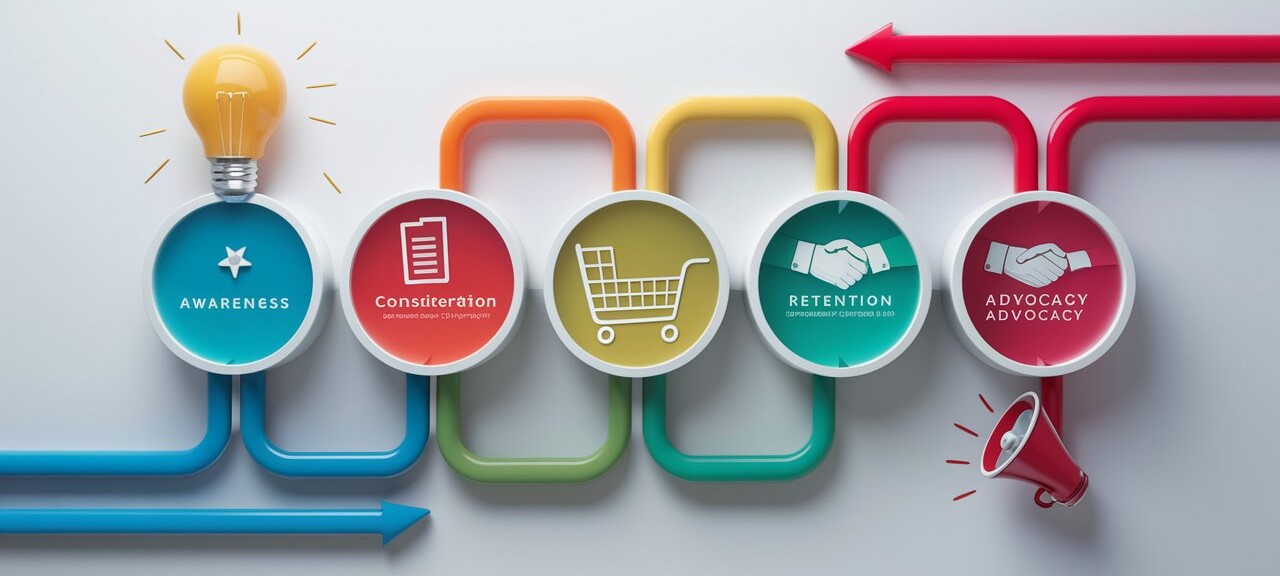
Whether they’re new subscribers, repeat buyers, or loyal customers, you should be offering something relevant to their stage in the funnel. New subscribers could receive a welcome series, while loyal customers might appreciate exclusive VIP offers.
You can send a welcome series to new subscribers to introduce them to your brand, followed by targeted offers to encourage their first purchase.
- Interest-Based Segmentation
Sometimes, subscribers indicate their interests when they sign up, or you can gather this information based on their browsing habits and preferences.
Interest-based segmentation strategy allows you to segment your list by interest, making your emails more personalized and increasing the likelihood of clicks.
If you are a digital marketer, you can send SEO-focused content to subscribers who have previously clicked on your SEO articles, while sending social media tips to those who engage with your content on Facebook or Instagram.
Advanced Segmentation Strategies
If you’ve already fixed the basics of segmentation strategy, it’s time to take things up a notch with more advanced techniques. These strategies go beyond standard demographic or behavioural segmentation and can deliver even higher click-through rates by using data and predictions to fine-tune your targeting.
Here are the two powerful strategies: RFM (Recency, Frequency, Monetary) Segmentation and Predictive Segmentation.
- RFM (Recency, Frequency, Monetary) Segmentation
RFM is a data-driven segmentation method that helps you identify your most valuable customers by analyzing three key factors:
- Recency: How recently a customer made a purchase or engaged with your brand.
- Frequency: How often they buy or interact with your emails.
- Monetary: How much money they’ve spent on your products or services.
By segmenting your audience based on these three metrics, you can easily pinpoint your top-tier customers, those at risk of leaving you, and everyone in between. This method allows you to send more targeted, relevant messages that encourage higher engagement and loyalty.
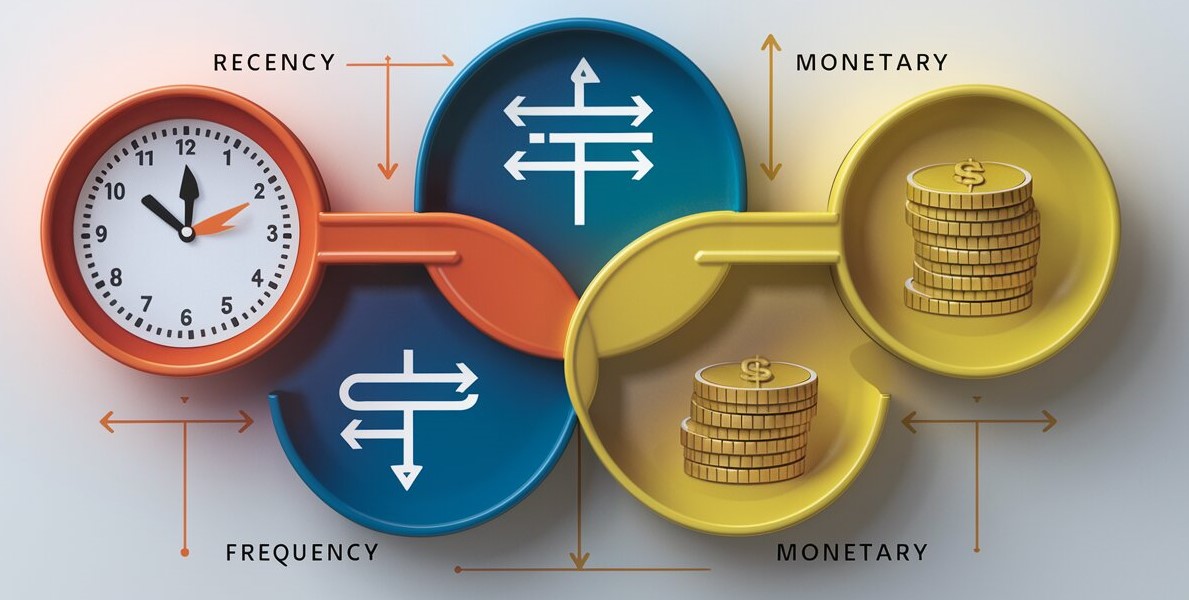
How RFM Boosts CTR:
- Top-tier customers
(Those who recently purchased, frequently engage, and spend a lot) can be rewarded with VIP offers, loyalty rewards, or exclusive early access to new products. Since they’re already engaged, these personalized bonuses will make them even more likely to click through your emails and continue purchasing.
- At-risk customers
(Those who haven’t purchased recently or don’t engage as often) can be re-engaged with win-back campaigns. Offering them a discount, a special deal, or even a reminder can reignite their interest and get them clicking again.
- Low-value customers
(Infrequent, low spenders) may not be your main focus, but you can still send them occasional offers or low-cost incentives to encourage engagement without investing too heavily in them.
For example, if you own a fashion store, you can use an RFM segmentation strategy to create a campaign to offer your VIP members early access to a new collection, while you send customers who haven’t shopped in 6 months a “we miss you” email with a limited-time discount to entice them back.
- Predictive Segmentation
A predictive segmentation strategy takes your email marketing to the next level by using data and artificial intelligence to forecast what your subscribers are likely to do in the future.
A predictive segmentation strategy uses advanced AI algorithms to help you forecast the future of your customer behaviour and preferences. So that you can anticipate your customer needs and personalize marketing campaigns to meet their needs and preferences.
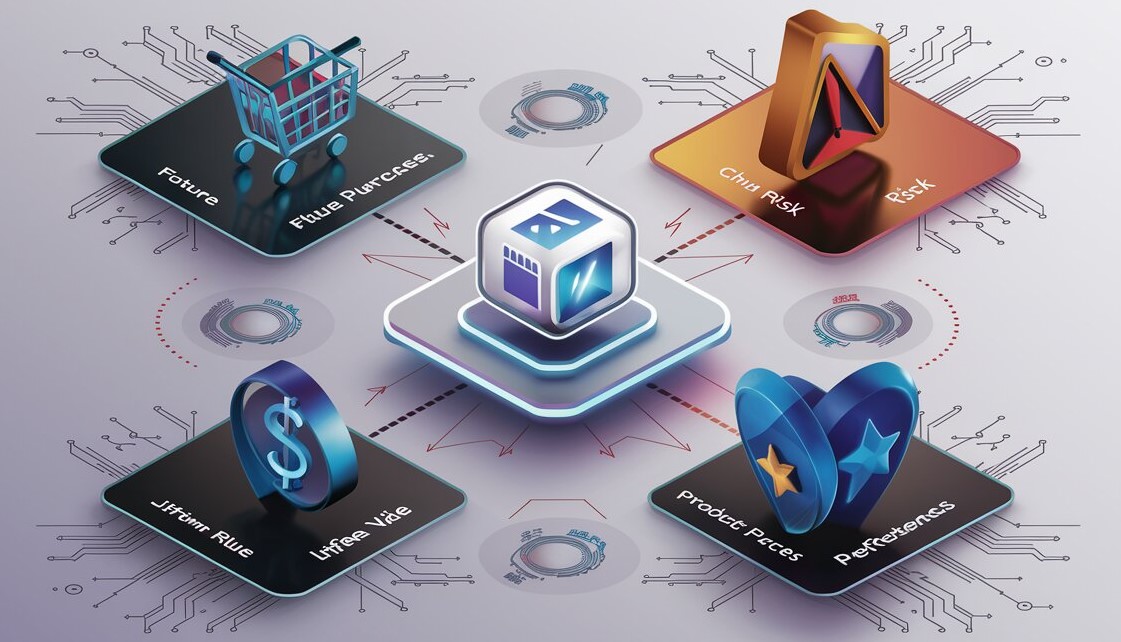
You can use AI tools to analyse patterns in subscriber behaviour—such as browsing habits, email engagement, and purchase history to predict and anticipate what actions they might take next.
With this information, you can segment your audience more precisely and send emails that are highly relevant to their upcoming needs or preferences.
How Predictive Segmentation Boosts CTR:
- Churn Prediction
Predictive tools can help you analyze patterns to identify subscribers who are likely to stop engaging with your emails. You can create a segment of these “high-risk” subscribers and send them re-engagement emails with enticing offers or personalized content before they disengage completely.
- Purchase Likelihood
Predictive analytics tools can forecast when a subscriber is likely to make a purchase based on past behaviour. You can use this data to send perfectly timed emails with product recommendations or discount codes to increase their conversion.
- Product Recommendations
Predictive tools can analyse past purchases and browsing data of your subscribers and help you recommend products that your subscribers are most likely to be interested in. Sending personalized product recommendations based on predictive insights can significantly boost CTR, as subscribers feel like the offers are tailored specifically to their tastes.
Tips to Maximize Your Advanced Segmentation Efforts
- Combine RFM and Predictive Segmentation
You don’t have to choose between RFM and predictive segmentation—you can use both to create even more finely tuned segments. For example, as a store owner, you can combine RFM data to find your top spenders and then use predictive segmentation to determine which products they will buy next.
- Track and Adjust
The key to making advanced segmentation work is continuously monitoring your results. Don’t set it and forget it—review the performance of your segments regularly to see what’s working and what isn’t, so you adjust your strategies on time for better results over time.
How to Maximize Your Segmentation Results
Once you’ve set up your segments, maximizing their performance requires continuous refinement, testing, and strategic execution. Here’s how to squeeze the most out of your segmentation strategy and ensure you get the best possible click-through rates (CTR).
- Test, Test, Test: A/B Testing is Your Friend
Segmenting your list alone won’t do the work—you need to test different approaches to see what truly resonates with your audience. A/B testing (or split testing) allows you to compare two versions of an email to see which one performs better within a segment.
You can test various elements like subject lines, email design, call-to-action (CTA) buttons, or content to identify what drives the most engagement.
Pro Tip: Keep your A/B tests focused on one variable at a time for clean data, and run your tests long enough to get statistically significant results. Small tweaks can make a massive difference in CTR.
- Continuously Update Your Segments
Segmentation is not a “set it and forget it” activity. People’s behaviour, interests, and engagement levels change over time, and your segments need to reflect that. Regularly updating your lists ensures you’re not sending irrelevant emails to subscribers whose preferences may have shifted.
Pro Tip: Automate list cleaning and updating. Many email marketing platforms allow you to automate re-segmenting your audience based on new data points, saving you time while ensuring up-to-date segments.
- Prioritize Value in Every Email
The most important tip for maximizing segmentation results is delivering value in every email. No matter how finely tuned your segments are, if the content doesn’t offer value to your subscribers, your efforts will fall flat.
Focus on sending emails that solve problems, entertain, or provide exclusive offers based on your subscribers’ needs.
You can reward loyal or high-value segments with exclusive deals, early access to sales, or insider tips. This not only keeps them engaged but also creates a sense of community and loyalty. For customers in research mode, you can send them valuable resources like how-to guides, case studies, or blog posts that align with their interests. If they feel your emails are genuinely helpful, they’ll be more likely to click through.
Pro Tip: Always put yourself in the shoes of your subscribers. Ask yourself, “If I were in this segment, would I find this email helpful, interesting, or valuable?” If the answer is yes, you’re on the right track.
Bottom Line
Email segmentation isn’t just a nice-to-have—it’s a must if you’re serious about boosting engagement and click-through rates. By delivering the right content to the right people at the right time, you cut through the noise and give your audience exactly what they’re looking for.
Whether you’re segmenting by demographics, purchase behaviour, or engagement levels, each step you take toward a more tailored experience strengthens your relationship with your subscribers.
Increasing CTRs is not about doing everything at once, you can start small, testing one or two segmentation strategies, and build from there. As you gather more data and see what your audience loves, you can refine your approach and get better results.
Finally, remember that segmentation isn’t static—what works today might need adjustment tomorrow. Email segmentation helps you stand out, deliver value, and create a personalized experience that turns clicks into conversions. So, give your subscribers more of what they love, and watch your CTR soar.

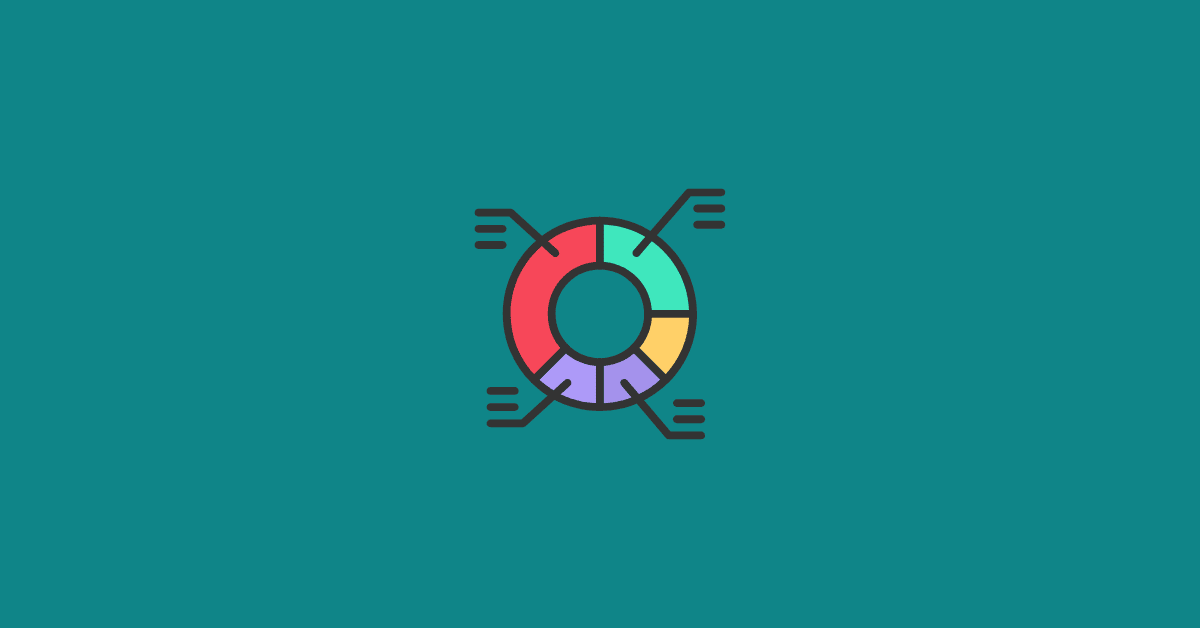
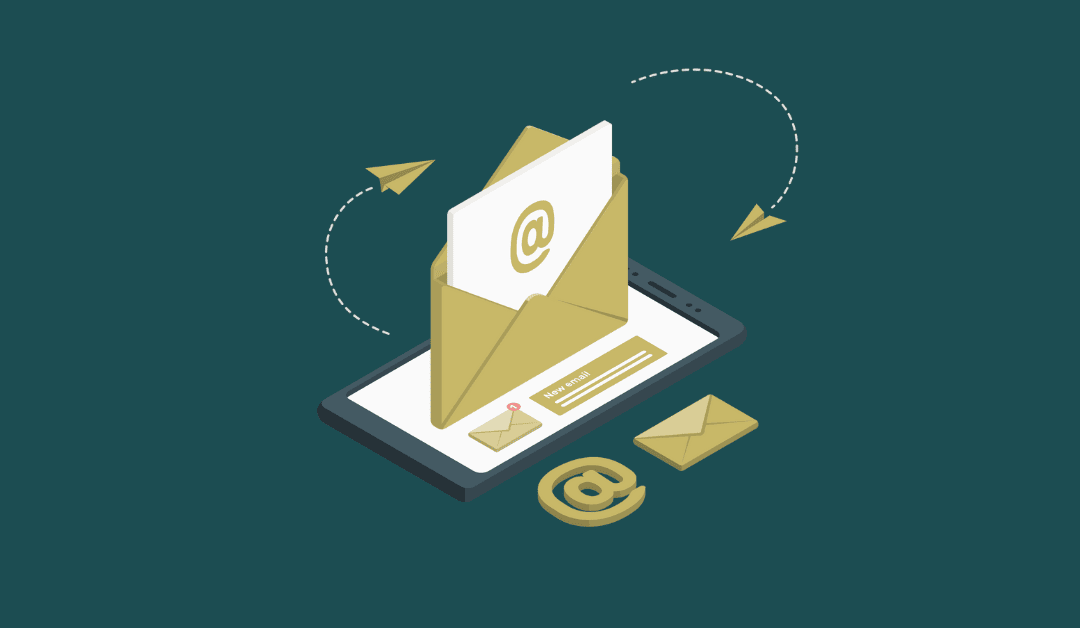


0 Comments